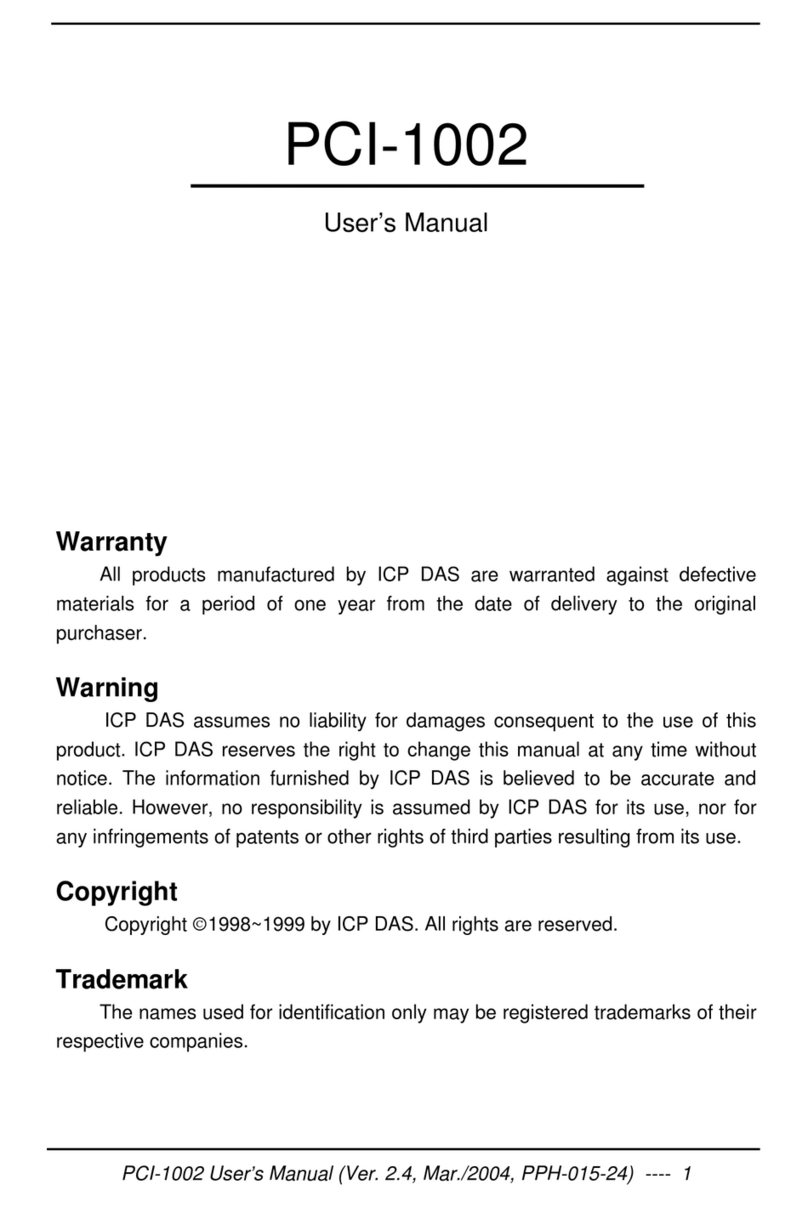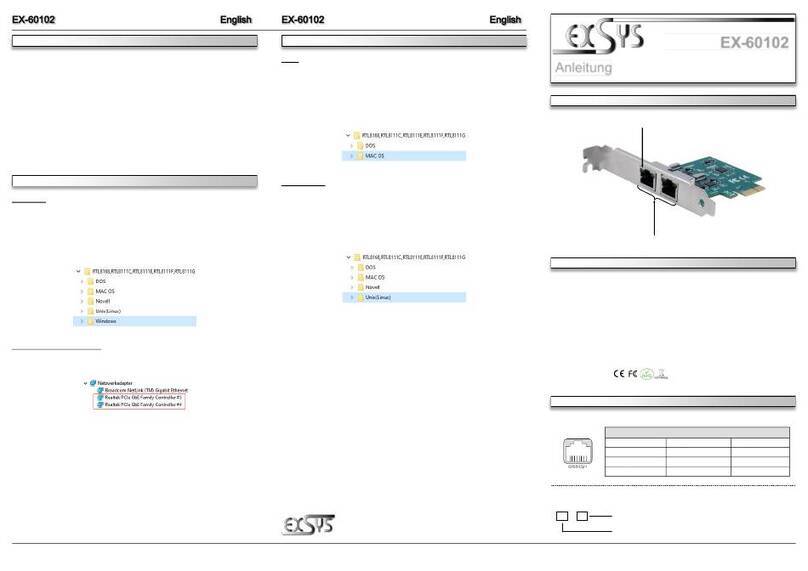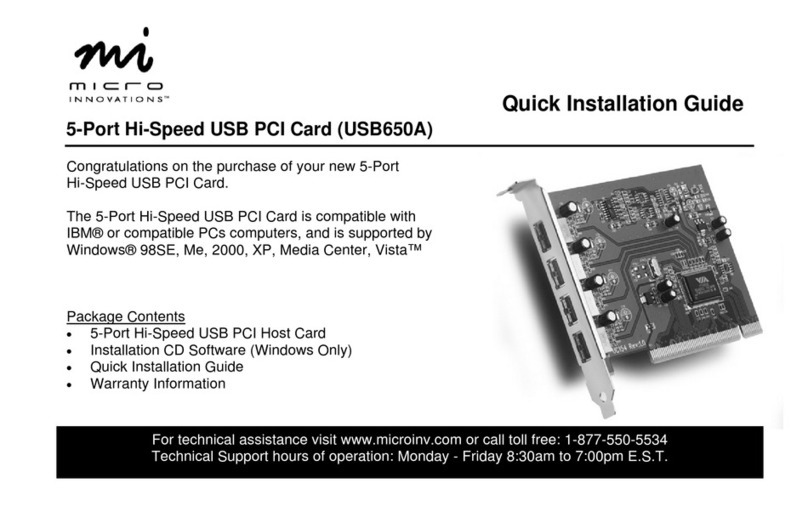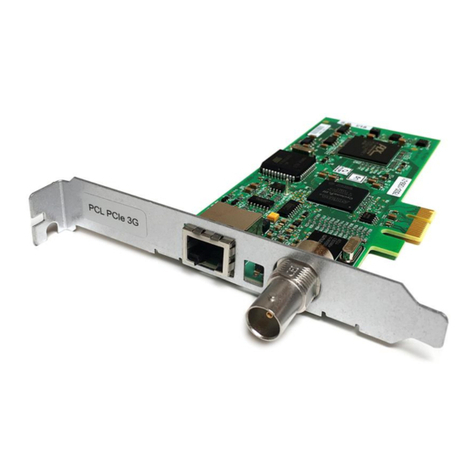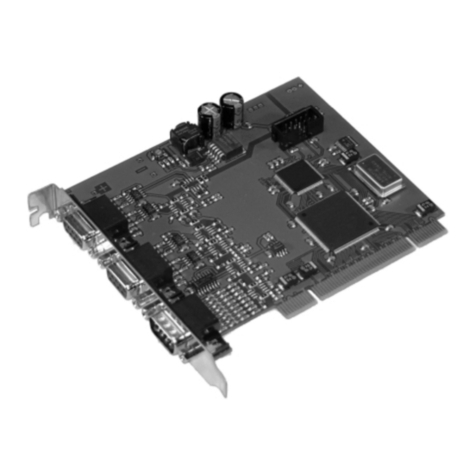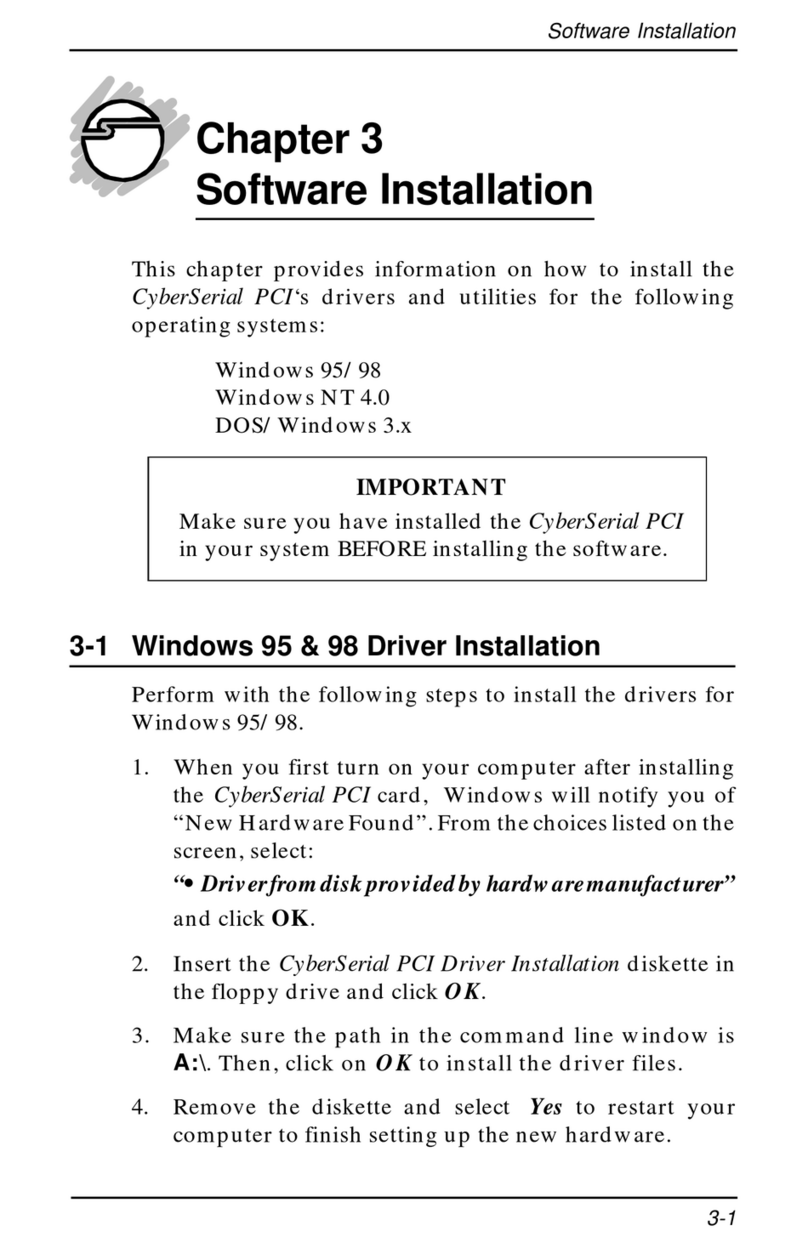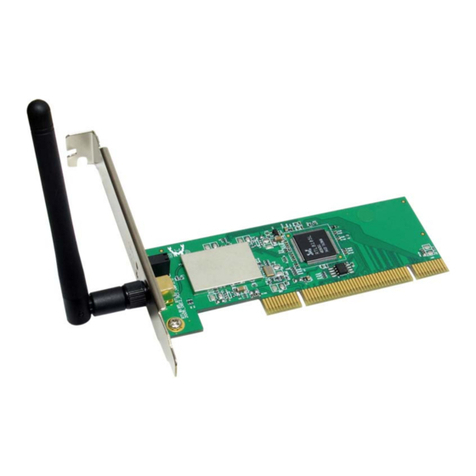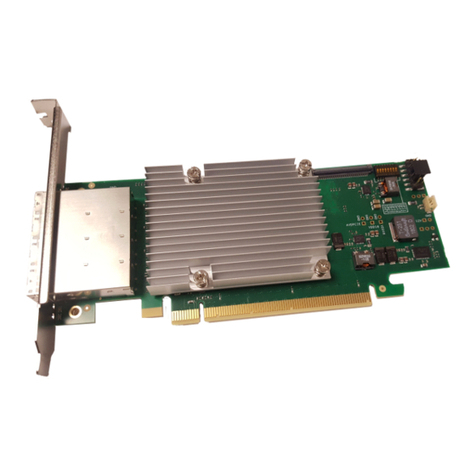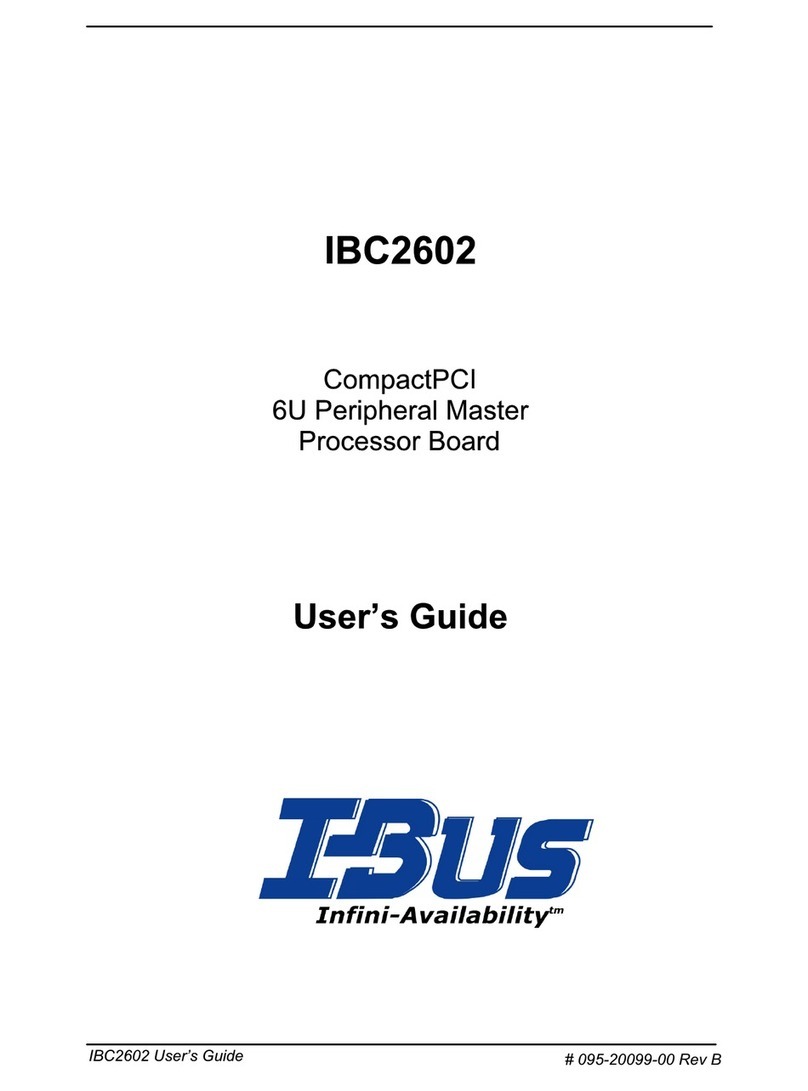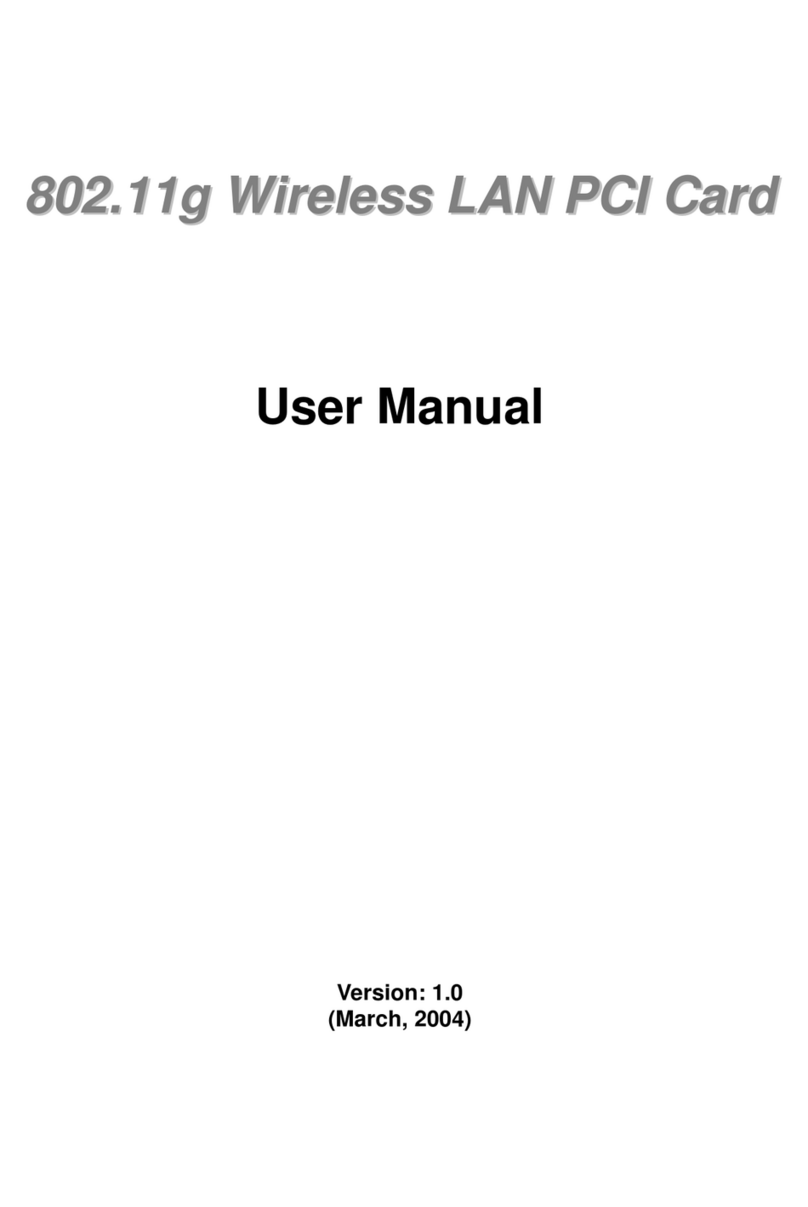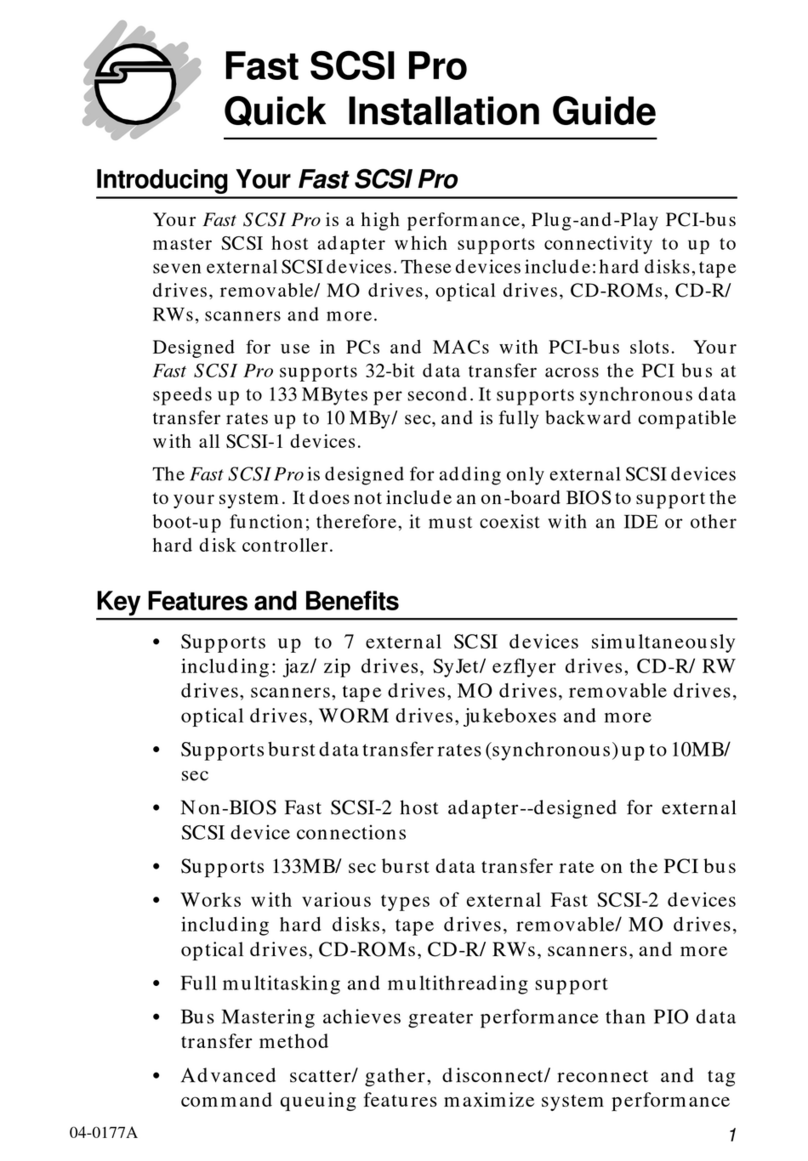Page 6 Operating Instructions PCIe TS
B1 Introduction
PCIe TS is designed to synchronize the system clock of PCs running under Windows to a real-
time coupled LTC signal. PCIe TS consist of the following two components:
•PCIe TS board with LTC reader
•“Plura TimeSys“, a Windows program
The PCIe TS board reads LTC and makes it available to Windows. The program consists of the
following two components:
•The system service “Plura TimeSys” which ensures adjustment even if the user is not logged
on.
•A monitor program which monitors the functioning of the “Plura TimeSys” service.
The real-time coupled LTC is generated e.g. by a Plura time code generator Rubidium GT. The
generator receives the time information from a DCF or GPS receiver. The real time
information is encoded in the LTC time. Date, information about the local time zone (CET,
CEST, UTC) as well as status information on the reception status and an impending switch-
over for daylight saving time are optionally encoded in the LTC user bits.
An adjusting algorithm of “Plura TimeSys” accelerates or moderates, respectively the system
time to ensure maximum synchronization to the LTC real time reference. Seconds differences
(caused e.g. by leap seconds, please see below) may be adjusted by a hard set of the system
time, as required.
Moreover, it is possible to determine that larger differences - which will not occur during
normal operation - for several minutes or even hours shall be ignored by the “Plura TimeSys”
service. This does not apply to the switch-over for daylight saving time.
The “Plura TimeSys” service operates with UTC (Universal Time Coordinated), as used inside
Windows, not with local time. UTC is a continuously counting time without time zones. Time
jumps will only be produced in case of leap seconds, to adapt the time count to the earth
rotation. For the daylight-saving time change-over only the time zone, i.e. the difference
between the internal UTC and the local time, needs to be adapted.
